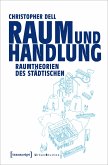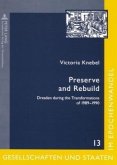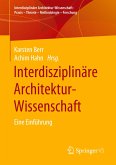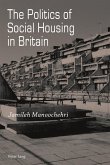This book is a collective work and its richness lies in the diversity of the perspectives, all historical, focussed on the science of building. Its aim is to counter-balance the picture of architecture provided by art historians who, in general, study the evolution of buildings. In this book, the autors look into what is related to the actual act of building, to the means of assuring building stability. While historians of art are principally concerned with the esthetics of a monument, here the accent ist put on the development of the physio-mathematical theories of mechanics to which engineers and constructors have turned, and to the laws of mechanics, of elasticity and of the strength of materials to which they are bound. The study of prspective and projective geometry also enters the work by way of the representations of human endeavors, and the will to see this art advance has had repersussions in all relateed fields.This book is a collective work and its richness lies in the diversity of the perspectives, all historical, focussed on the science of building. Its aim is to counter-balance the picture of architecture provided by art historians who, in general, study the evolution of buildings. In this book, the authors look into what is related to the actual act of building, to the means of assuring building stability. While historians of art are principally concerned with the esthetics of a monument, here the accent is put on the development of the physico- mathematical theories of mechanics to which engineers and constructors have turned, and to the laws of mechanics, of elasticity and of the strength of materials to which they are bound. The study of perspective and projective geometry also enters the work by way of the representations and plans of the buildings to be constructed. The art of building has always been at the center of human endeavors, and the will to see this art advance has had repercussions in all related fields. Today, these complex interrelations provide the groundwork for research of the restoration of historical monuments.








